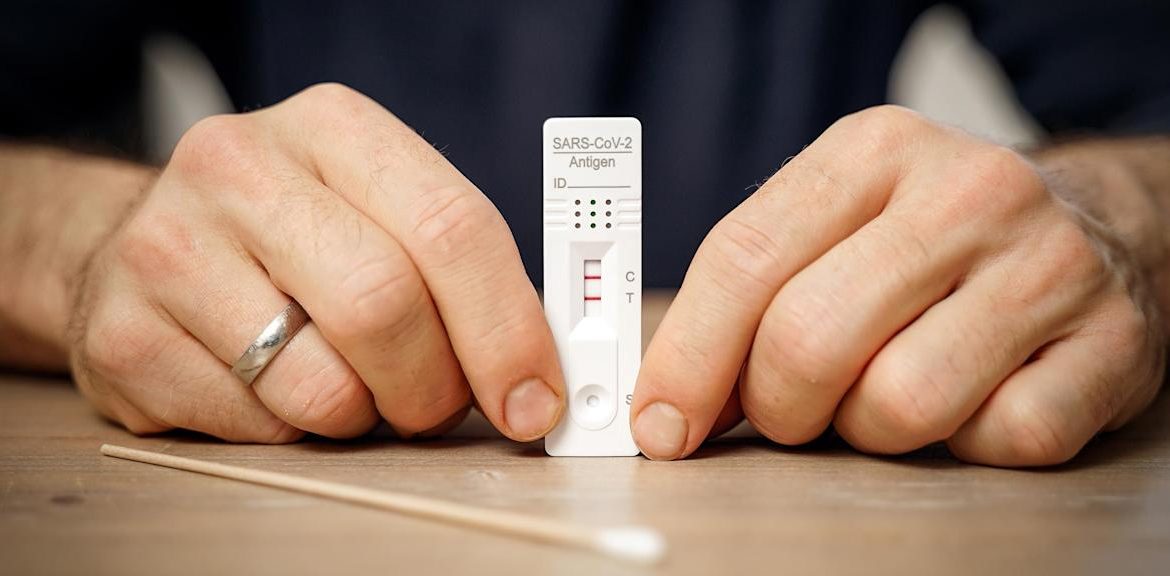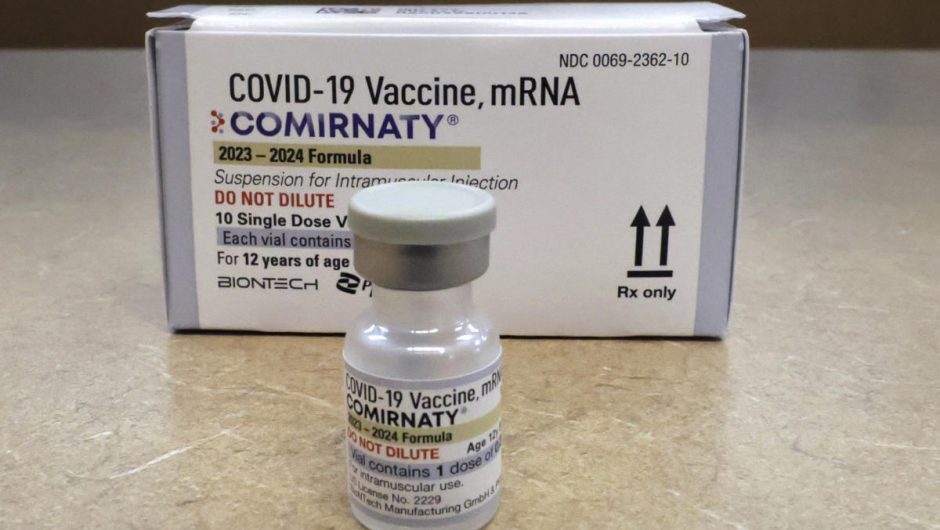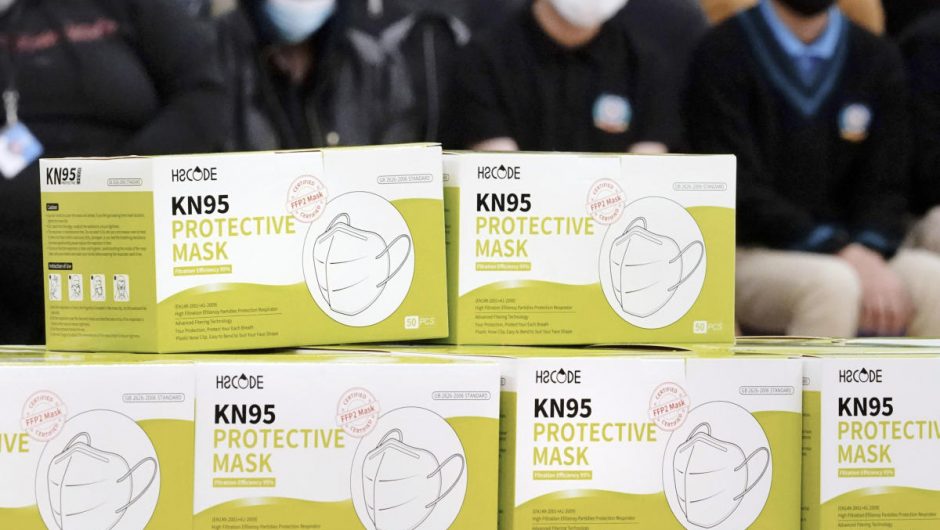[ad_1]
We may be entering our third year of the COVID-19 pandemic, but we’re still getting the hang of testing. And, for people who continue to test positive for coronavirus late into their infection, it may be particularly difficult to know what to do with those results.
If you test positive for COVID-19, you can end your isolation after just five days if you never developed symptoms, according to the latest guidelines from the Centers for Disease Control and Prevention.
Or, if you did develop symptoms, you can leave isolation after you’ve been without a fever for 24 hours (without using fever-reducing medication), provided your other symptoms are resolving as well. That can be as early as after five full days of isolation, the CDC says.
The CDC also amended its guidelines to add that, if you have access to a rapid antigen test, you can take the test at the end of day five of your isolation (as long as you’ve been fever-free for at least 24 hours). If it’s negative, you can use that result to feel more confident about leaving isolation at that time. But if it’s positive, the CDC says you should continue isolating through day 10.
Regardless of when you end isolation, anyone who tests positive for COVID-19 should take precautions for 10 full days, the CDC says. That includes wearing a mask when around others, avoiding travel and avoiding being around people who are high-risk for severe COVID-19.
How long do people normally test positive for COVID-19?
In the most general terms, people will likely test positive on an at-home rapid COVID-19 test for about six to 10 days, Dr. Stephen Kissler, a postdoctoral fellow at the Harvard T.H. Chan School of Public Health in the department of immunology and infectious diseases, told TODAY.
And when it comes to PCR tests, people may test positive for even longer, Dr. Alberto Paniz-Mondolfi, associate professor of pathology, molecular and cell-based medicine at the Icahn School of Medicine at Mount Sinai, explained. “You can still have positivity that may persist for weeks and even months,” he explained, noting that positive tests on PCR have been recorded for up to 60 days.
Story continues
But there are a lot of factors that can affect the number of days someone may test positive.
Considering that different tests may perform differently “and you have a context of a virus that is in constant evolution, and then you have all these variants, you’re changing the variables of the equation over and over again,” said Paniz-Mondolfi, who also leads the Saliva COVID Test Lab at Mount Sinai. That makes it difficult to predict exactly how long someone may test positive.
Even with a rapid test, it’s not unheard of for people to test positive up to 14 days, especially for those who are unvaccinated, Kissler said. “We see a ton of variation between people in how long they test positive,” he explained. “While that average is closer to six to 10 days, there are people who will hang on for longer than that.”
So, if you’re trying to do your due diligence and testing at home frequently during your COVID-19 infection, know that it’s possible for you to see positive results for a while.
If you’re still testing positive late into your infection, what should you do?
As long as you continue to test positive on a rapid at-home test, you should still consider yourself potentially contagious, Kissler said. But exactly how contagious you are “will change depending on where you are in the infection,” he explained.
People tend to be most infectious right at the beginning of their COVID-19 infection. So by the time you reach day eight, nine, or 10, “you still have the chance to spread to other people, but it’s probably not as much as you did early in the course of your infection,” Kissler said. When you get to that point, you have to start weighing your options.
It is safest to continue to isolate until you no longer test positive, the experts stressed.
But that may not be feasible for everyone. And, taking the new CDC guidelines into account, it’s not unreasonable to gradually leave isolation after 10 days — even if you’re still testing positive on a rapid test. That’s especially true if you’re fully vaccinated, any symptoms you developed have resolved and you continue to take as many other precautions as you can until you get that negative result.
“You might be able to begin slowly sort of reintegrating while still being mindful of your contact,” Kissler said. He recommends avoiding enclosed spaces with other people and wearing a mask, preferably something like a KN95 or KF94, when coming into contact with others to limit any potential spread.
After 10 days, “you’re good to go and you’re even better to go if you keep practicing containment measures,” Paniz-Mondolfi agreed. “Keep wearing your mask. Keep practicing social distancing.”
And, of course, if you’re concerned about how long you’ve been testing positive, check in with a health care provider for their guidance on your individual situation, Kissler said.
Related:
[ad_2]
Source link




